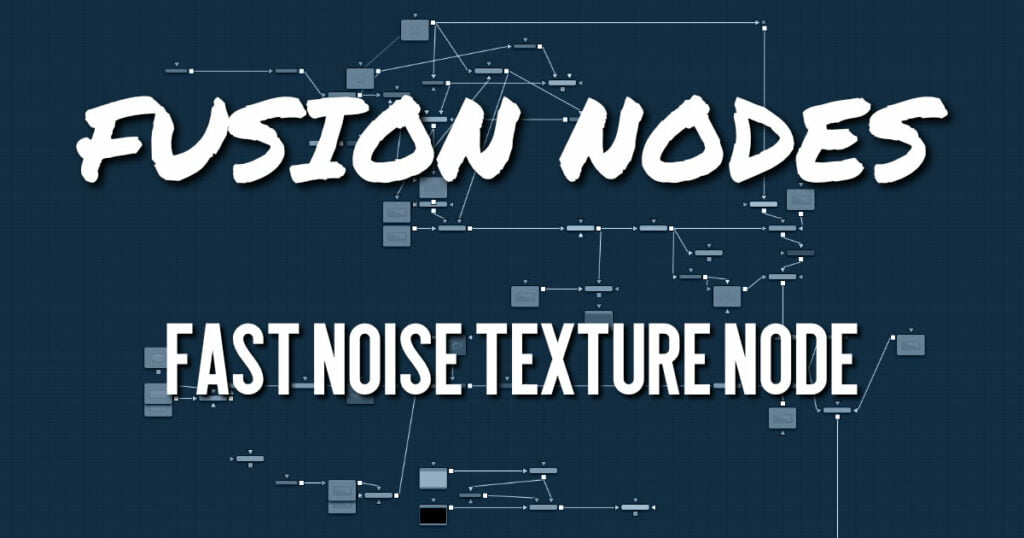Your cart is currently empty!
Fast Noise Texture Node

The Fast Noise Texture node is the procedural resolution-independent version of the 2D Fast Noise node. It creates a noise texture directly as a material for usage with 3D nodes. It offers a 3D volumetric mode for creating seamless textures in conjunction with nodes providing UVW texture coordinates (Similar to the UV Map 3D node set to XYZ-to-UVW or Camera).
Fast Noise Texture Node Inputs
The Fast Noise Texture node includes an optional input that can be used to connect a 2D image or material.
- SourceMaterial: The Source Materials input accepts a 2D image or a 3D material. The image is then altered by the noise pattern.
Fast Noise Texture Node Setup
The Fast Noise Texture node below is used to generate a resolution-independent 3D texture for an FBX imported model.
Fast Noise Texture Node Controls Tab
The parameters of the Fast Noise Texture node control the appearance and, for 2D, the animation of the noise.
- Output Mode
- 2D: Calculates the noise texture based on 2D texture coordinates (UV). This setting allows smoothly varying the noise pattern with animation.
- 3D: Calculates the noise texture based on 3D texture coordinates (UVW). Nodes like Shape 3D automatically provide a third texture coordinate; otherwise, a 3D texture space can be created using the UV Map node. The 3D setting does not support animation of the noise pattern.
- Detail
Increase the value of this slider to produce a greater level of detail in the noise result. Larger values add more layers of increasingly detailed noise without affecting the overall pattern. High values take longer to render but can produce a more natural result (not all graphics cards support higher detail levels in hardware). - Brightness
This control adjusts the overall Brightness of the noise map. - Contrast
This control increases or decreases the overall Contrast of the noise map. It can exaggerate the effect of the noise. - Scale
The scale of the noise map can be adjusted using the Scale slider, changing it from gentle variations over the entire image to a tighter overall texture effect. This value represents the scale along the UV axis. - Scale Z
(3D only) The Scale Z value scales the noise texture along the W-axis in texture space. W represents a direction perpendicular to the UV plane for a 3D texture map. - Seethe
(2D only) The Seethe control smoothly varies the 2D noise pattern. - Seethe Rate
(2D only) As with the Seethe control above, the Seethe Rate also causes the noise map to evolve and change. The Seethe Rate defines the rate at which the noise changes each frame, causing an animated drift in the noise automatically, without the need for spline animation. - Discontinuous
Normally, the noise function interpolates between values to create a smooth continuous gradient of results. You can enable the Discontinuous checkbox to create hard discontinuity lines along some of the noise contours. The result is a dramatically different effect. - Invert
Enable the Invert checkbox to invert the noise, creating a negative image of the original pattern. This is most effective when Discontinuous is also enabled. - Material ID
This slider sets the numeric identifier assigned to this material. This value is rendered into the MatID auxiliary channel if the corresponding option is enabled in the renderer.
Fast Noise Texture Node Settings Tab
The Settings tab in the Inspector is duplicated in other 3D nodes. These common controls are described in detail HERE.










